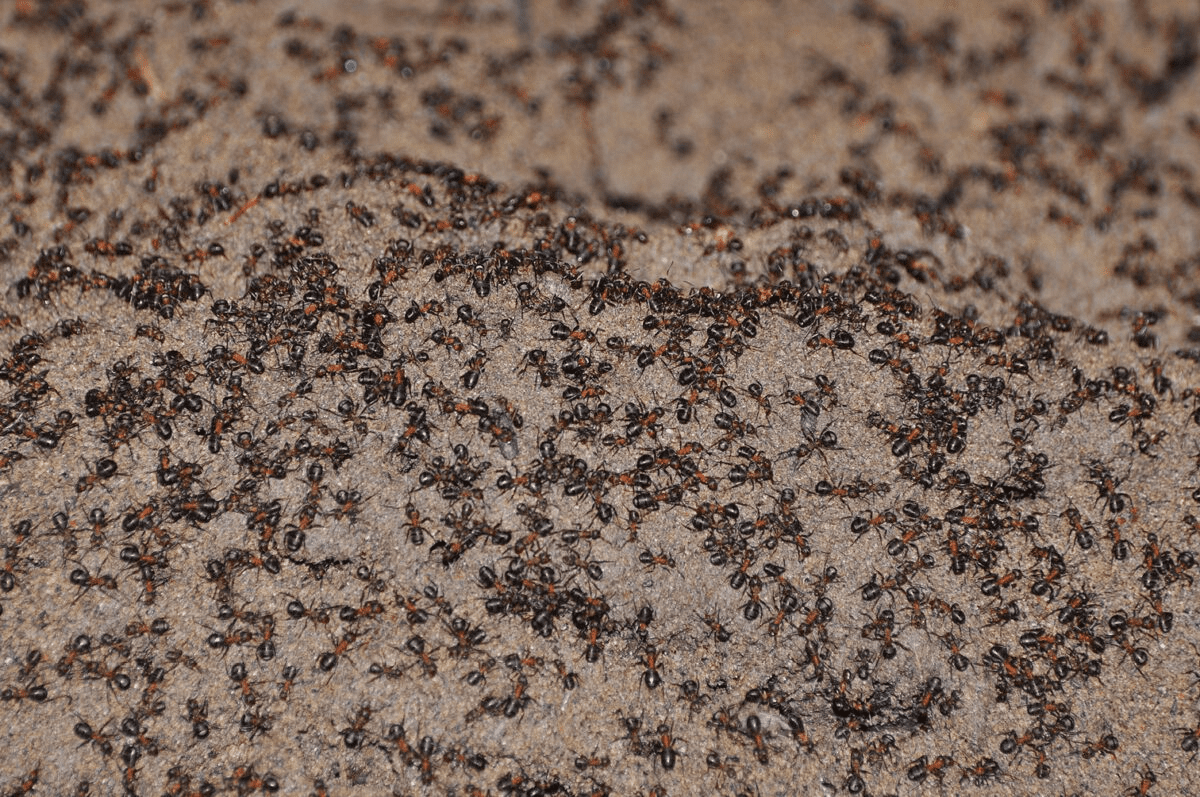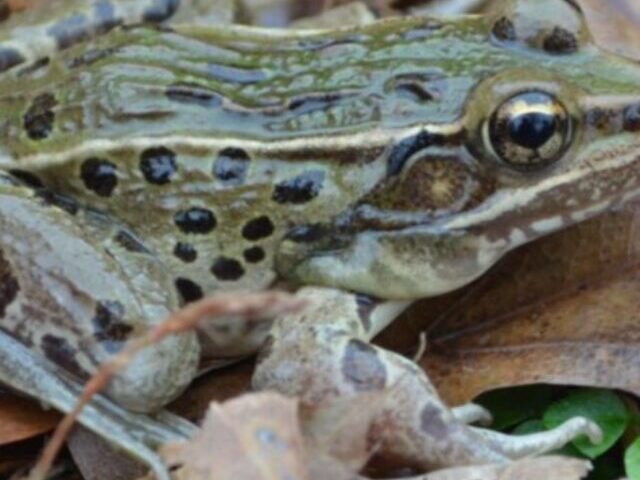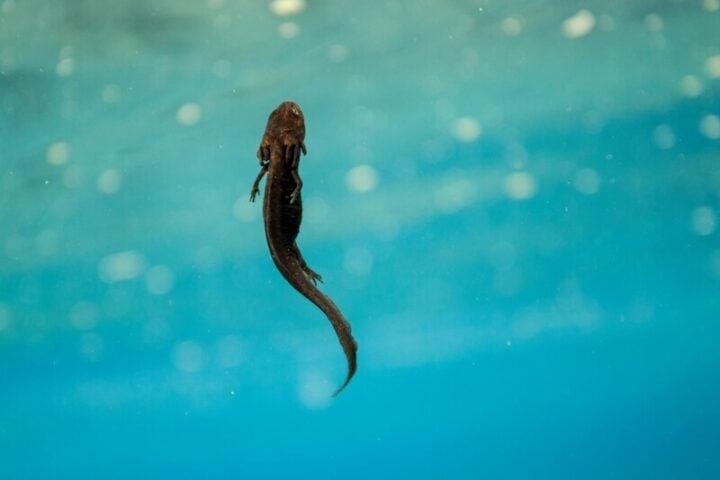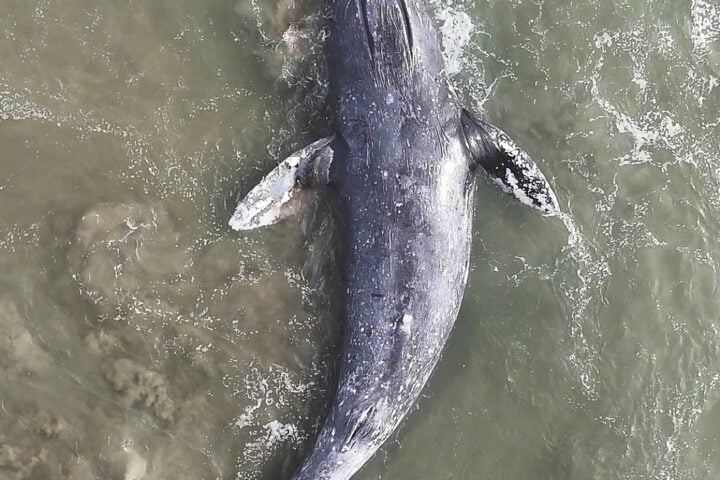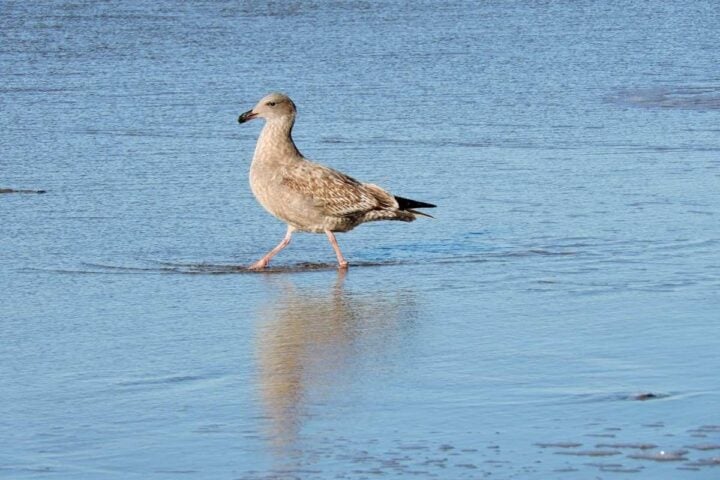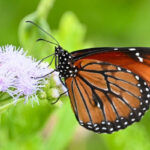In western region of Poland, for many years an abandoned nuclear bunker has been home to thousands of worker ants. The wood ants, or Formica polyctena, fell through the pipe into the chamber from the ceiling, and into the bunker. After the fall, the insects were unable to climb out, and due to unavailability of food, the researchers believed that the ants survived by cannibalizing the bodies of their dead companions. The primary colony of these ants lived on a mound atop the ventilation pipe of the bunker. The researchers had visited the bunker back in 2016 to investigate and discovered that the bunker was housing almost a million worker ants.
The nuclear bunker was built by the Soviets during the Cold War to store nuclear weapons, and it was very near to the German border. It was set up storing nuclear weapons and was used until 1992. The ants constructed their nest over a vertical ventilation pipe, and thousands of worker ants kept falling down the pipe every year, and could not climb out. The ants built a nest from soil and maintained it in a typical wood ant fashion. But, the conditions in the underground bunker were far from normal.
Wojciech Czechowski, zoologist from the Polish Academy of Sciences, found the nest with his colleagues after hearing about the bats living in the bunker. The researchers discovered that the ants were living unusually with strange habits. They hesitated to call them a “colony.” because the ants did not have a queen, males, or offspring, and even the group tending the nest was entirely of non-reproductive female workers. The ants lived in a near-starvation state & conditions were harsh, constantly cold, and mostly barren. The researchers found an ant cemetery, and the flatter areas of the earthen mound and the floor of the adjacent spaces were full of dead ants. The sheer number of dead ants signaled that the ant nest was active for many years.
- 2025 World Luxury Car Winner Volvo EX90 Outranks Porsche Macan on Jury Vote, Cargo Space, and Sustainability
- EPA Ordered to Release $625M in Climate Grants as Legal Battle Over $20B Fund Continues
- Metro Blue And Green Line Closures Will Disrupt Thousands As 5 Stations Shut For Summer Maintenance
- New York Endangered Species List Updated After 26 Years With 3 Amphibians Added Following 1,300 Comments
- Crater Lake Newt Drops to 13 as Crayfish Take 95% Shoreline, Lawsuit Targets ESA Delay
The researchers claimed that the ants continued to grow and additional ants fell through the open pipe whenever the main colony was active. In order to survive, the trapped ants in the bunker had their act cut out, and had to continue their social tasks in these extreme conditions. A tiny ecosystem was found to be present in the ant graveyard. Mites and a few other invertebrates fed on the bodies of the dead wood ants.
The wood ants were probably eating creatures that were feeding in their cemetery, or there may be nutrients growing in the bat guano. Bats were the only living neighbors the ants had in the bunker. However, the experts were still not able to clearly confirm what the wood ants were eating.
